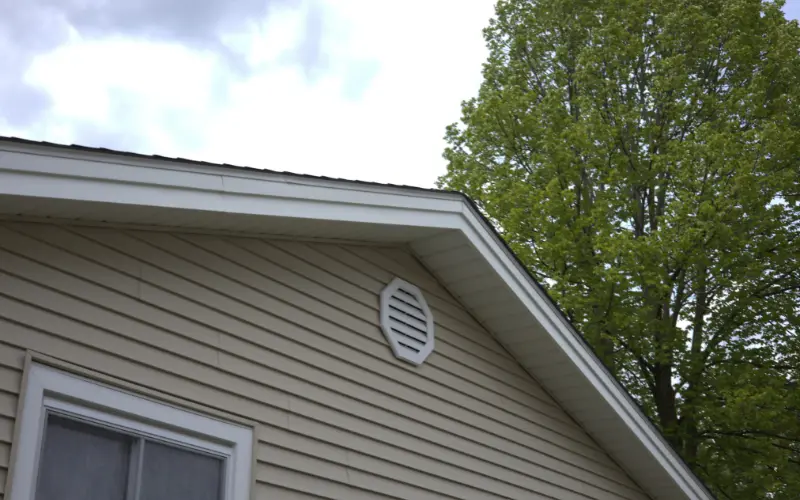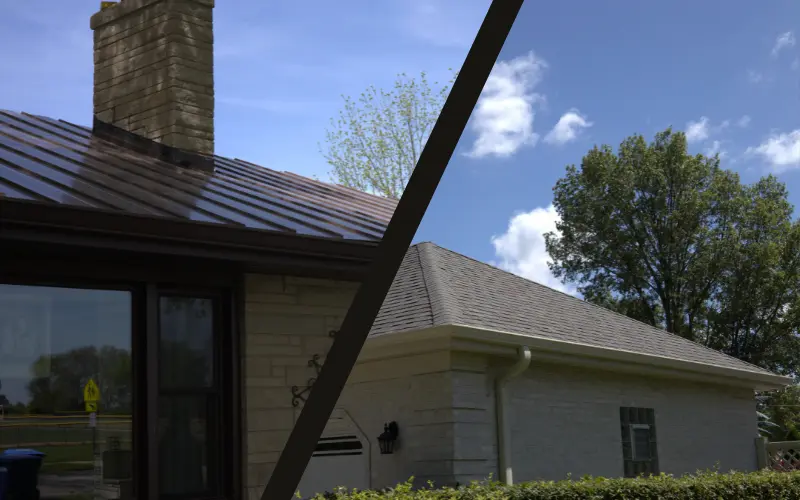The short answer: neutral colors like charcoal gray, weathered wood brown, and slate black consistently boost home value by 3% to 5% during resale. These shades work with nearly any exterior color scheme and appeal to the broadest range of buyers. But here's the thing: picking the right roof color involves more than just following trends. Your neighborhood, climate, home style, and local market all play crucial roles in maximizing your investment.
Why Your Roof Color Adds Value To Your Home
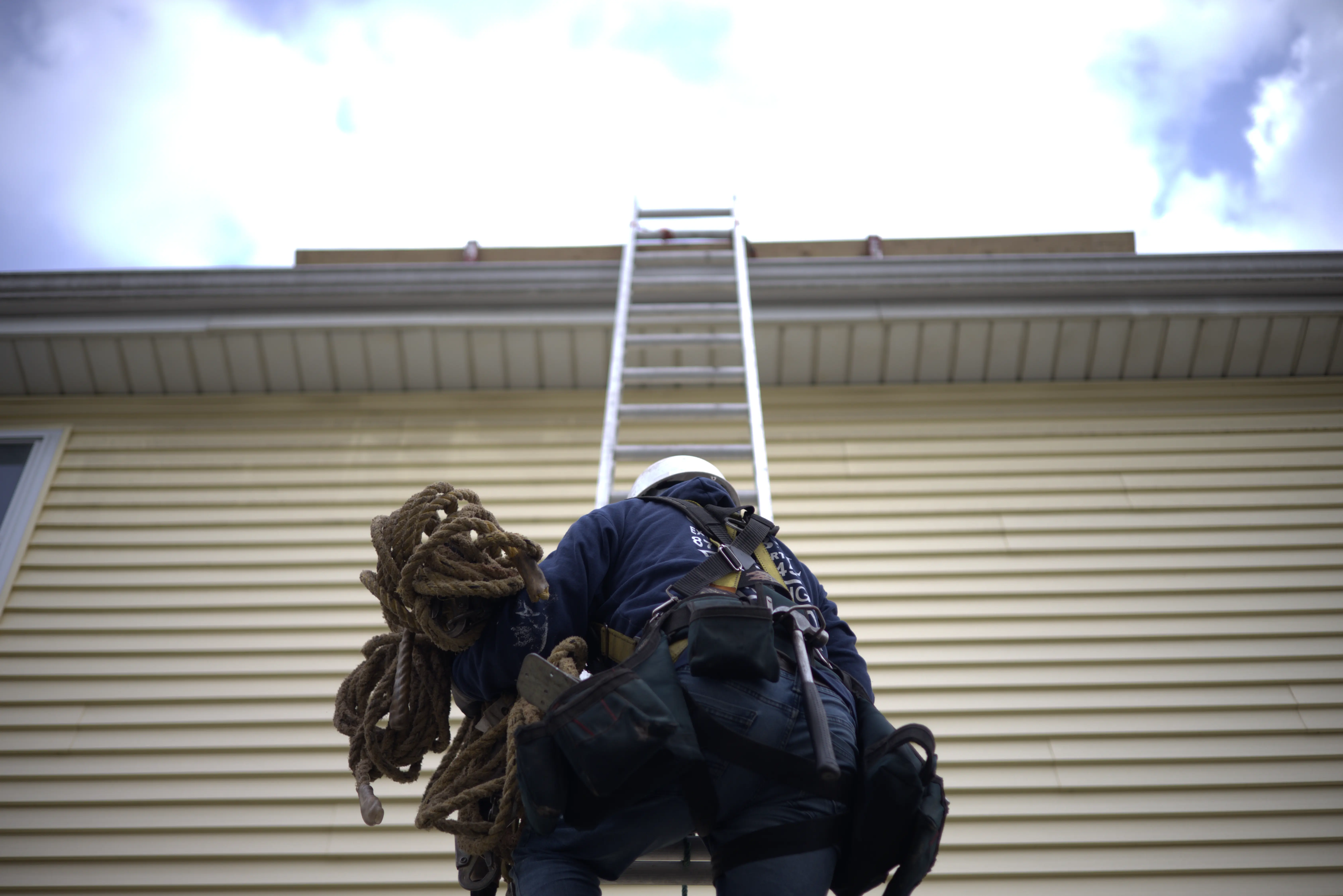
Your roof makes up about 40% of what people see when they look at your home, that's a massive visual impact, so when buyers drive up to a property, they're making snap judgments within seconds. A well though out roof color can mean the difference between a bidding war and your house sitting on the market for months.
The psychology behind it is straightforward. Neutral roof colors signal that a home is well maintained and move in ready. Bold and unusual colors, while they may reflect your personality, can turn off potential buyers who can't see past them. Remember, buyers are already mentally calculating how much they'll need to spend after closing on the home. A roof that looks dated or clashes with the neighborhood aesthetic will just add to their mental tally of required updates.
The Top 5 Roof Colors That Sell Homes Faster
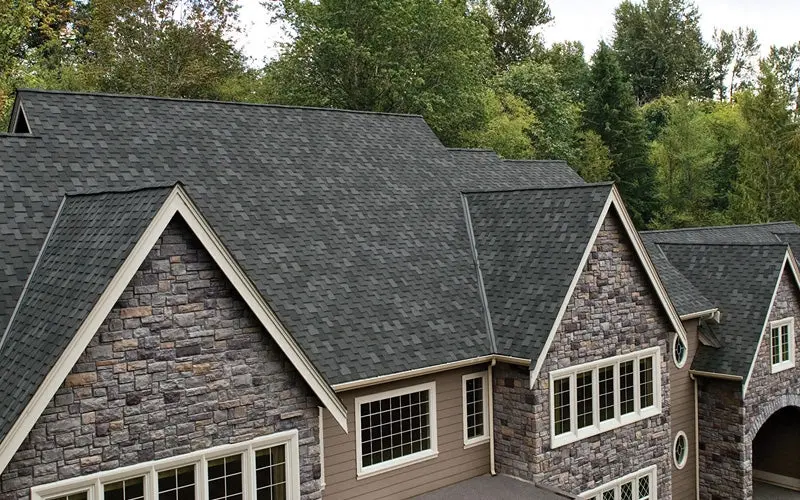
Let's cut to the chase. These colors consistently perform well across Northern Illinois markets and home styles:
- Charcoal Gray: Works with everything from Naperville colonials to Aurora ranch homes. This color hides dirt and algae streaking better than lighter shades, which means less visible wear between cleanings. Plus, it handles our freeze-thaw cycles well without showing wear.
- Weathered Wood Brown: Offers warmth without being too dark. Perfect for homes with brick facades common in older Elgin neighborhoods or natural wood siding. This shade has been popular throughout Chicagoland for decades, which speaks to its staying power.
- Slate Black: Creates sharp contrast on light-colored homes. Black roofs work especially well on contemporary houses in newer developments around St. Charles. The darker color helps with snow melt during our long winters.
- Pewter: This lighter gray option works great on traditional Midwest homes. Popular in established neighborhoods from Wheaton to Schaumburg. Shows less fading from our intense summer sun than darker options.
- Autumn Blend: Multi-toned shingles mixing browns and grays. Particularly strong in suburban developments where earth tones dominate. Hides imperfections and weather wear better than solid colors.
A complete roof replacement runs between $9,000 and $28,000 for most Northern Illinois homes and the color itself doesn't change the price much, but choosing wisely protects that investment.
3. How Northern Illinois Climate Should Drive Your Color Decision
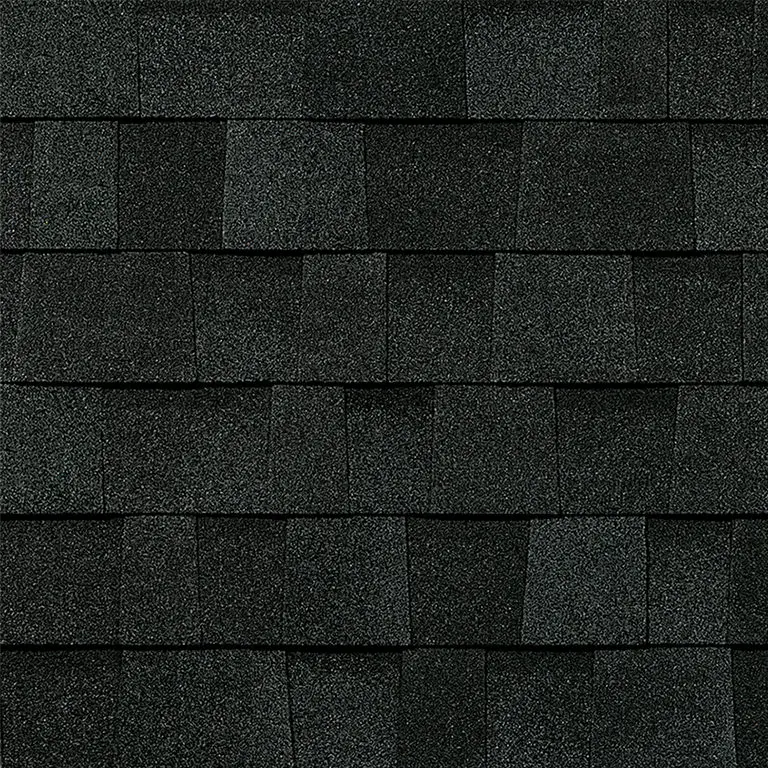
Living in Northern Illinois means dealing with everything Mother Nature can throw at you. We get scorching summers that hit 95°F, brutal winters that drop below zero, plus hail, high winds, and those famous spring thunderstorms. Your roof color choice needs to handle it all.
Dark roofs can actually make sense here because they help with snow melt and reduces ice dam formations that plague so many homes from December through March. That faster snow melt also means less weight stress on your structure and fewer leak risks at the eaves. Then during our brief but intense summers, a proper attic ventilation matters more than roof color for keeping cooling costs manageable.
Here's something contractors see all the time in the western suburbs: homeowners worrying too much about summer heat absorbing into the dark roofs but with proper insulation and ventilation (which you need anyway to meet code), the color difference might add $30 to $50 to your summer cooling bills but when you compare that to the ice dam damage a light roof might contribute to, running yourself thousands in repairs, and the choice becomes clearer.
Smart Color Matching: Working with Your Home's Exterior
Alright let's talk about coordination with typical Northern Illinois home styles. Your roof needs to work with your siding, brick, stone, trim, and even your front door. The goal isn't perfect matching (that actually looks strange) but rather creating visual harmony.
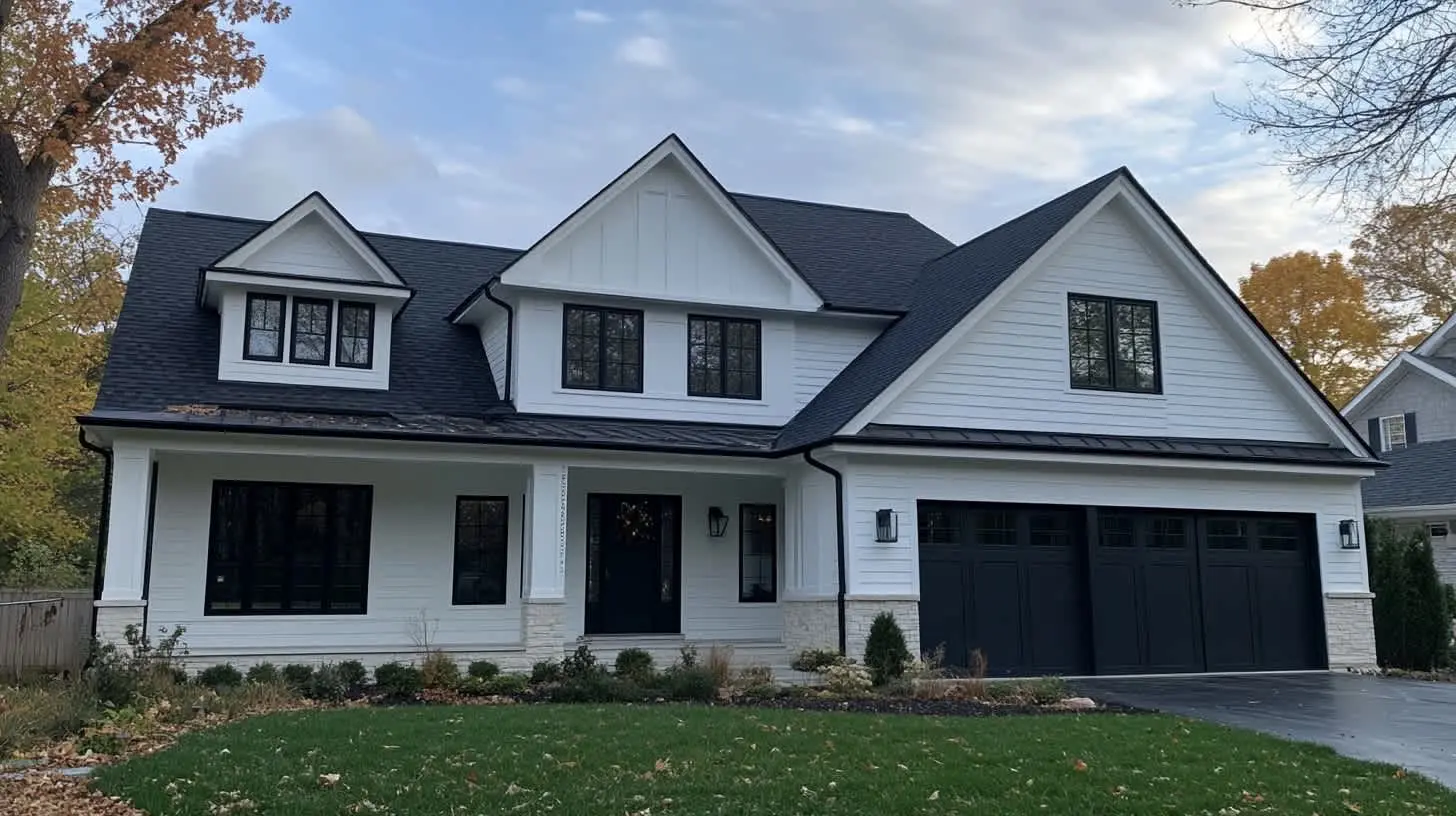
Those cream-colored brick ranches all over the suburbs? They look best with weathered wood or autumn blend shingles. Red brick colonials common in older sections of Batavia or Geneva pair beautifully with charcoal or black roofs. Vinyl-sided homes, which dominate newer developments, offer the most flexibility, though medium to dark tones usually create the most appealing contrast.
For homes with mixed materials (brick and siding combinations are huge here), pick up the darker tones in your roof choice. This grounds the house visually and prevents it from looking top-heavy, especially important with our typical two-story suburban homes.
Regional Preferences and Chicago Suburban Market Norms
The Northern Illinois market has distinct preferences. Drive through any established neighborhood from Barrington to Plainfield, and you'll notice patterns. Gray and brown tones dominate, with weathered wood being particularly popular. Black roofs are gaining ground in newer developments, especially on modern farmhouse-style homes.
Take a drive through your specific town, especially past recently sold homes. In older areas like downtown Elmhurst or Arlington Heights, traditional colors reign. Newer developments in places like South Elgin or Oswego show more out of the box choices though still within a reasonable neutral palette.
Some communities have a strong preference based on their character with north shore suburbs tending toward conservative choices and far western suburbs embracing a slightly bolder option. Across the board, neutral colors that complement our abundance of brick homes perform best at resale.
The Hidden Costs of Bold Color Choices
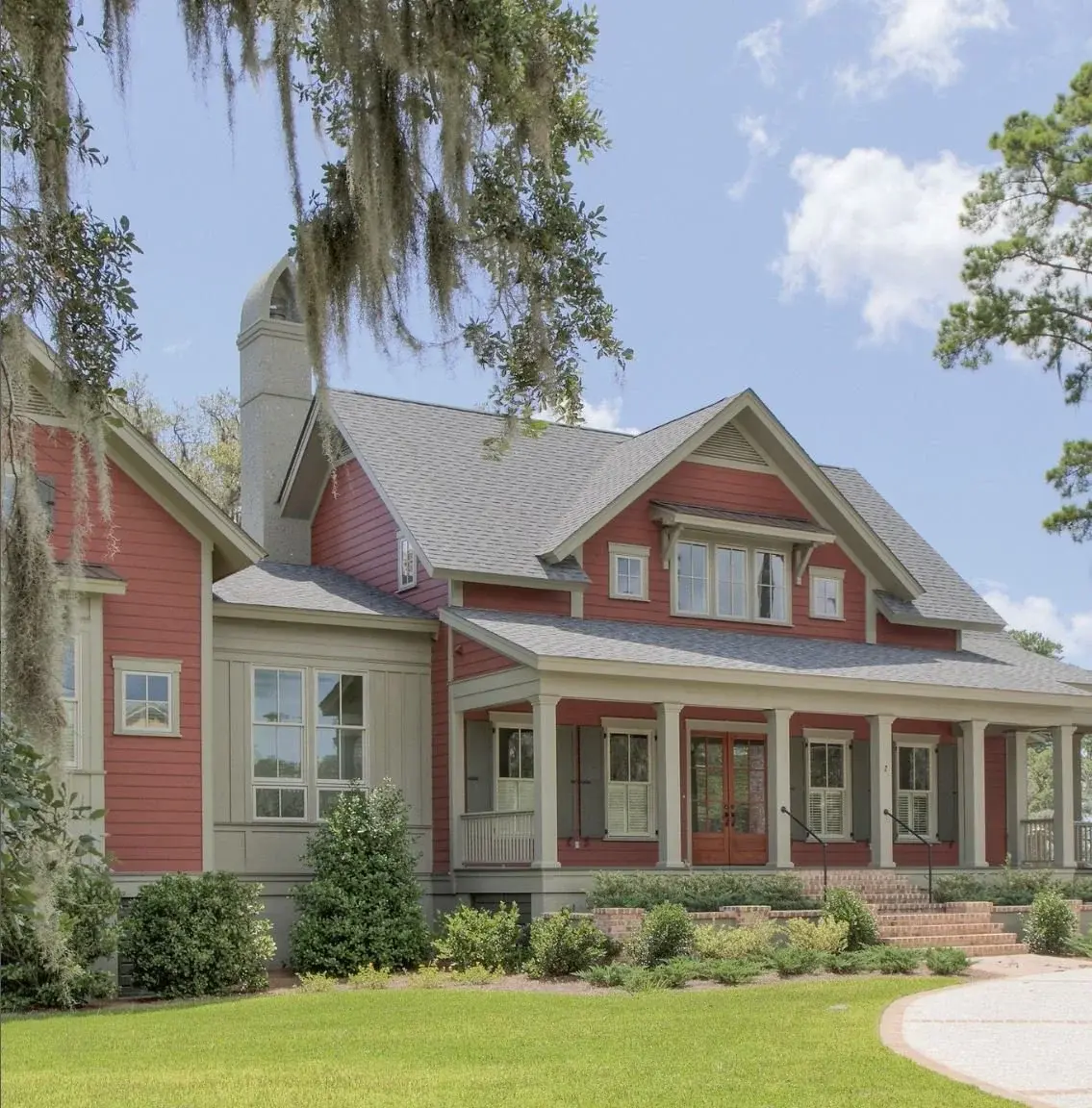
Choosing an unusual roof color might save you money upfront (because less popular colors sometimes go on sale), but consider the long game. Northern Illinois buyers are practical, they're already thinking about heating costs, snow removal, and maintenance and a odd roof color just adds to their worry list.
Insurance companies in our area pay attention to impact-resistant ratings more than color but given our hail exposure, some insurers do offer small discounts for lighter-colored metal roofs that reflect heat. More importantly, using out of the ordinary colors might flag your home during insurance inspections as "non conforming," potentially affecting coverage.
Maintenance varies by color too because light roofs show every bit of dirt and algae from our humid summers. Dark roofs can fade noticeably, especially on south-facing slopes that get hammered by sun. Medium tones in the gray-brown spectrum tend to age most gracefully in our four-season climate.
7. Material Matters: How Different Roofing Types Handle Northern Illinois Weather
Not all roofing materials survive our weather equally. Asphalt shingles dominate the market here for good reason: they handle temperature swings well and cost less to replace after hail damage. Expect to pay $9,000 to $18,000 for a typical suburban home. Architectural shingles in neutral colors offer the best value proposition.
Metal roofing is gaining popularity, especially in rural areas of Kane and McHenry counties. It sheds snow beautifully and laughs off hail that would dent asphalt. The trade-off: higher upfront costs ($15,000 to $35,000) and limited color options. Standing seam metal in charcoal or dark bronze has serious curb appeal and virtually eliminates ice dam worries.
Cedar shakes used to be common but have fallen out of favor due to maintenance requirements and fire concerns. Some HOAs specifically prohibit them now. Synthetic shakes that mimic wood offer the look without the headaches, running $12,000 to $25,000 installed.
Slate and clay tiles are rare here for good reason: our freeze-thaw cycles can crack them. If you're set on this look, synthetic alternatives exist that handle our climate better while providing that upscale appearance.
Making the Switch: Roof Replacement Timeline in Northern Illinois
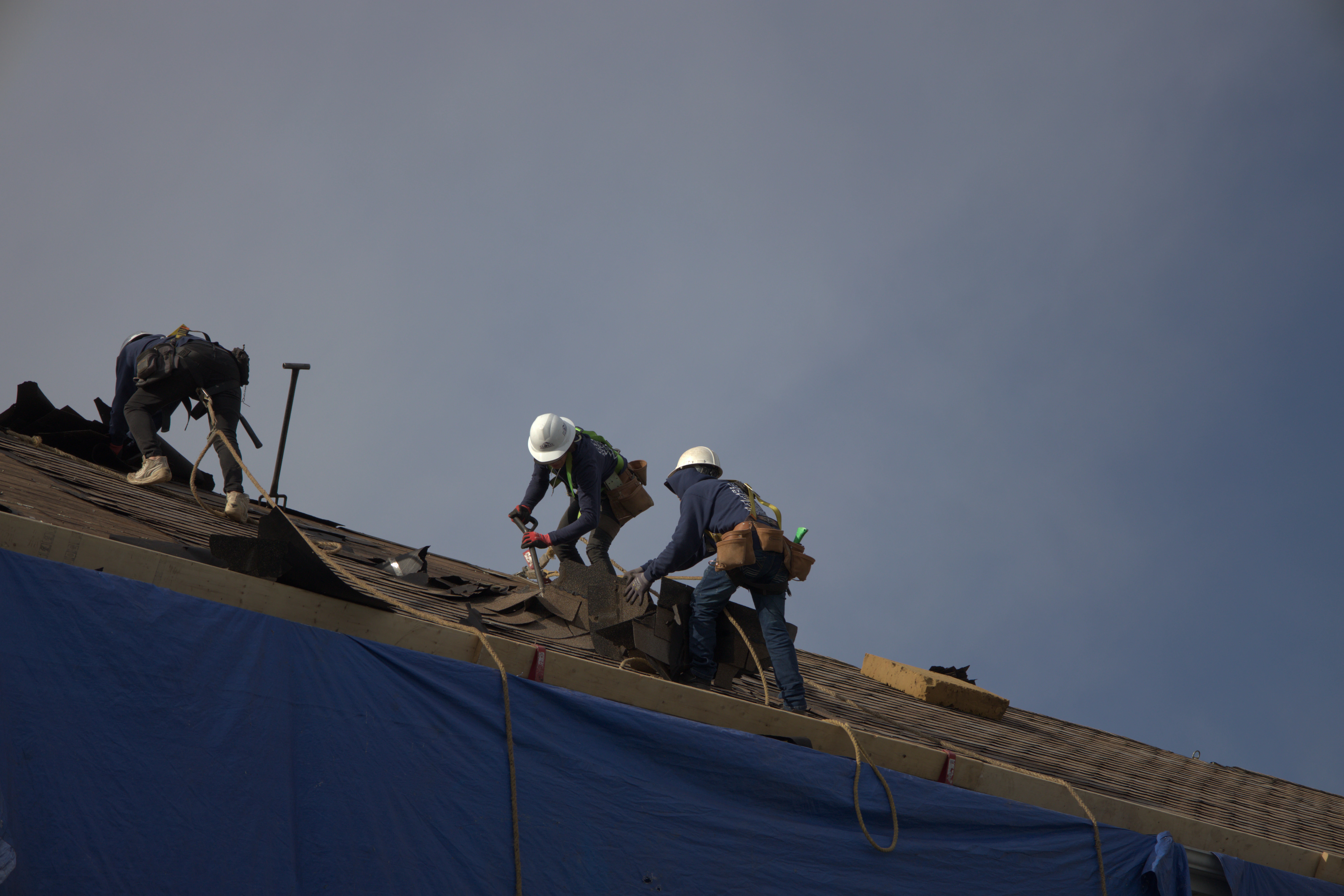
So you've decided your current roof color is hurting your home value. What's next? First, understand our seasonal dynamics. Spring is usually peak season here, with every roofing company booked solid. Prices run 10% to 15% higher, and you'll wait 4 to 8 weeks for an installation.
Fall (September through November) offers the sweet spot: good weather, better pricing, and faster scheduling. Many contractors offer end-of-season discounts to keep crews busy. Winter work is possible during mild stretches, but expect delays. We've seen January projects stretch into March waiting for workable weather.
The actual replacement takes 1 to 3 days for most homes, weather permitting. Add time if you're switching materials or need deck repairs (common with our moisture exposure). Those old multiple-layer roofs on 1960s ranches? Budget an extra day for removal.
Permits in Northern Illinois municipalities typically run $150 to $500. Naperville, Schaumburg, and similar larger suburbs have online permitting that speeds things up. Smaller towns might take longer. Your roofing company usually handles this, but confirm it's included in your quote.
Working with HOAs and Historic Districts
Speaking of bureaucracy, many Northern Illinois subdivisions have HOA restrictions and some Naperville and Hoffman Estates developments specify exact shingle brands and colors. Make sure you het approval in writing before signing any contracts and processing can typically take 2 to 4 weeks longer if the architectural committee only meets monthly.
Historic districts in places like downtown Elgin, St. Charles, or Barrington add complexity. Many require period-appropriate materials and colors. This might mean specific shingle profiles or colors that match the neighborhood's historic character. Some districts are even stricter than others so just make sure you check early.
Who would've thought roof color could get so complicated but these restrictions protect property values so you know your investment is safe and that cookie cutter appearance in your subdivision might feel limiting, but it's also why homes hold value so well.
The Bottom Line on Roof Colors and Resale Value
Here's what it all boils down to for Northern Illinois homeowners: neutral colors in the gray, brown, and black families consistently add value. They appeal to practical Midwest buyers, age well through our harsh seasons, and work with the brick and siding combinations common here.
Consider your timeline. Selling within 5 years? Stick with proven neutral winners that match your neighborhood.
Planning to stay 15+ years? You have more flexibility, knowing you'll likely need another replacement anyway knowing how our weather is on roofs.
Factor in our specific challenges. Ice dams, hail damage, and temperature swings from -20°F to 95°F all impact how colors wear. Darker colors that help with snow melt often make more sense here than in warmer climates.
Remember that roof replacement returns 65% to 70% of cost at resale in our market. Choosing the right color protects that return. Poor color choice can turn a value-adding improvement into a buyer objection.
Your next step? Walk outside and really look at your roof in different lights: bright winter snow reflection, summer evening sun, gray November skies. Take photos. Then drive around your specific suburb and photograph roofs you like on similar homes. Bring these images when meeting with roofing companies. Local contractors know what works in your specific town.
One final thought: samples look different on your roof than in your hand, especially with our variable weather. Many manufacturers offer visualization tools or can provide addresses of nearby homes with their products installed. Take advantage of these resources. With our climate demanding roof replacement every 15 to 20 years, you want to get the color right. Choose wisely, and your roof becomes a selling point. Choose poorly, and it's one more thing buyers will negotiate during those competitive spring market bidding situations.

.webp)

